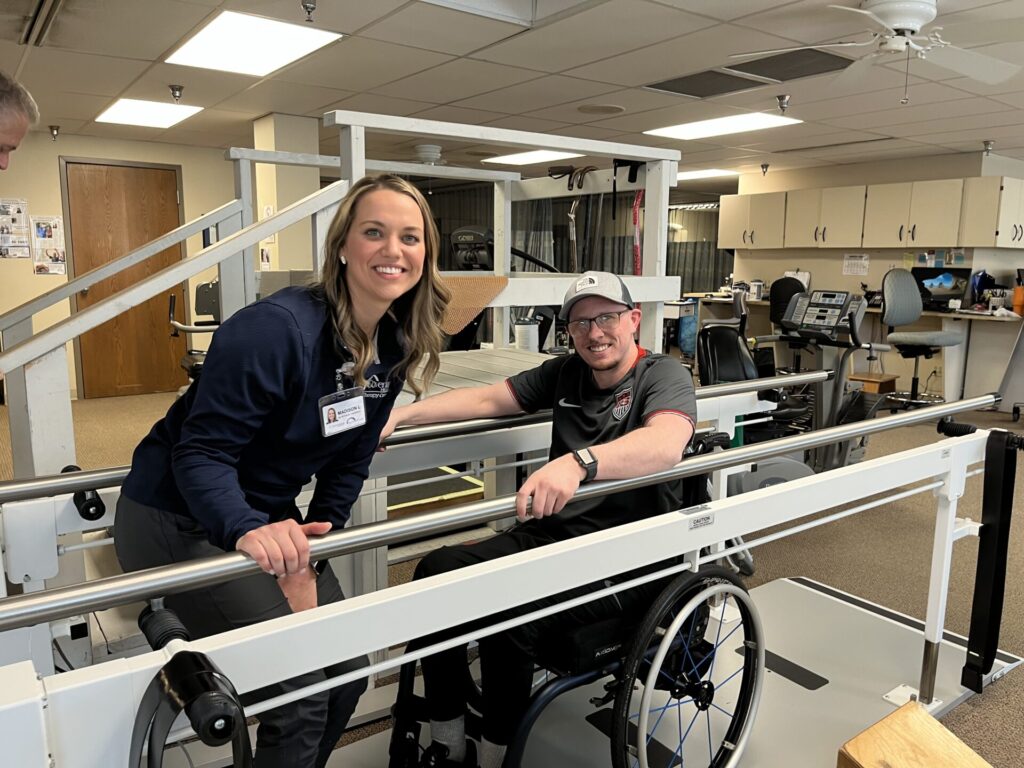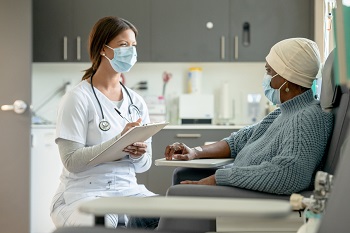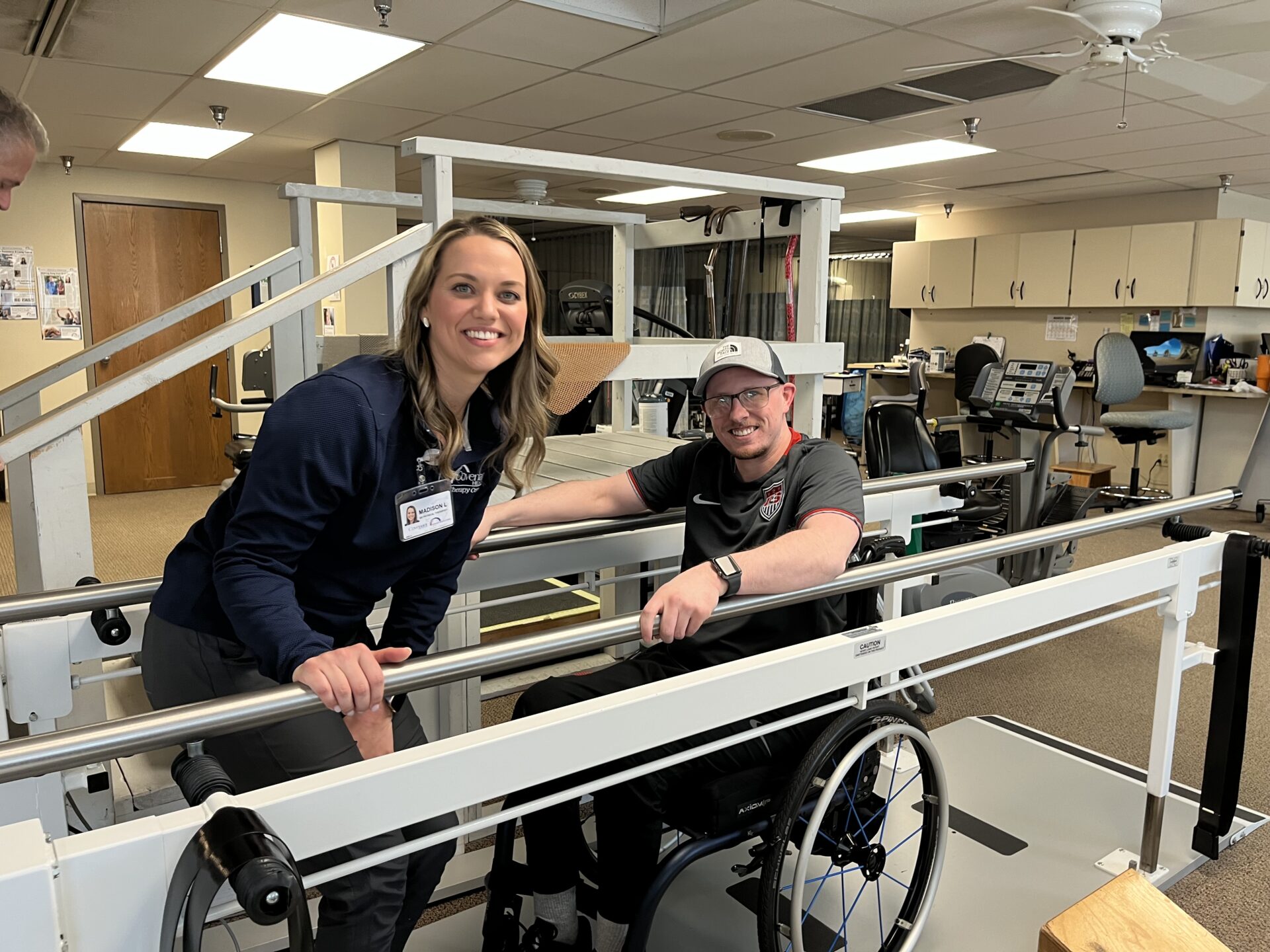- Find a DoctorDoctors by Specialty
- Cardiac Electrophysiology
- Cardiology
- Colon & Rectal Surgery
- Family Medicine
- Gastroenterology
- General & Vascular Surgery
- Gynecological Oncology
- Gynecology
- Infectious Disease
- Internal Medicine
- Interventional Cardiology
- Interventional Radiology
- Nephrology
- Neurology
- Neurosurgery
- Obstetrics & Gynecology
- Oncology
- Oncology & Hematology
- Orthopedic Surgery
- Otolaryngology
- Perinatology
- Psychiatry
- Pulmonary Medicine
- Radiation Oncology
- Rheumatology
- Sleep Medicine
- Thoracic Surgery
- Urology
- View All Doctors
- Our ServicesMedical Services
- Bariatric Services
- Behavioral & Mental Health
- Breast Care
- Cancer Care
- Critical Care
- Ear, Nose, & Throat
- Emergency Services
- Gastroenterology
- Glossary
- Heart Care
- Home Care
- Hospice & Palliative Care
- Imaging & Diagnostics
- Long-Term Care
- Nephrology
- Orthopedics
- Primary Care
- Rehabilitation Therapies
- Robotic-Assisted Surgery
- Sleep Services
- Spine Care
- Stroke Care
- Surgery Services
- Telehealth Services
- Urology
- Urgent Care
- Virtual Urgent Care
- Women’s Services
- Wound Care
- Our Locations
- Patients & Visitors
- About Us
Content authored by: Ragan S. Rutherford, CPhT, CSPT, at Thompson Cancer Survival Center
How do Pharmacy Technicians impact patients’ care?

We all see them, we likely all know a few, and we might even be related to one! The Pharmacy Technicians you most frequently see are likely those in a retail setting. They have specific tasks and skills to make sure the retail pharmacy runs smoothly and safely, but in this blog, I am talking about pharmacy techs in a slightly different role: Sterile Pharmacy Technicians. Think you’ve never seen one? You might be right, or you might have seen one and did not know it.
Sterile Pharmacy Technicians rarely venture outside the cleanroom suite, but, when we do, we are usually quick about it. We are very much a type of “hidden workers” of the hospital or clinic. The work we do is very important to patient care, and we always make sure that our patients receive nothing but the best.
Did you know?
The role of Pharmacy Technician as a profession gained official recognition in the 1970s.
The American Society of Health-System Pharmacists (ASHP) created the first training guidelines for a pharmacy tech program in 1975. In 1995, the ASHP, along with other organizations, created the Pharmacy Technician Certification Board (PTCB) to certify pharmacy technicians in the United States.
Maintaining Sterility
One of the most important tasks included in the long list of daily duties for Sterile Pharmacy Technicians is maintaining sterility, in and out of the IV hood. We do this in many different ways and are required by the state to follow certain processes.
Outside the actual cleanroom suite, anything we need to bring into the space has to be wiped down with hydrogen peroxide and sit for 3 minutes to ensure all contaminates have been killed off. Next, we don special clothing to ensure we do not track anything into the clean space via our clothes or shoes. This includes shoe covers, hair net, mask, long-sleeved sterile jacket, and, finally, gloves. This way we are protecting our cleanroom environment from any outside contaminates, and, in turn, keep our patients healthy.
Inside the IV hood, we are constantly wiping down our work surface with 70% Isopropyl alcohol, in between bags, when a spill occurs, and every 30 minutes. This ensures the area in which we place our patients’ IV bags stays sterile and contaminate‐free. We also have our skills tested each year to see if we are maintaining sterility while compounding medications. All in all, pharmacy technicians are held to a high standard and must stay vigilant when it comes to sterility and the processes it takes to maintain it.
Did you know?
The Pharmacy Technicians at Thompson Oncology Group have a combined 104 years total of experience!
In addition to obtaining the Certified Pharmacy Technician certificate, technicians can now pursue many other certifications such as the Certified Compounded Sterile Preparation Technician (CSPT) certification, and the Hazardous Drug Management, Billing, and Reimbursement certification, and others.
Compounding
Pharmacy Technicians who aspire to be Sterile Pharmacy Technicians must go through a 6‐week training period before being “set free”. This training can be challenging for the trainee and the trainer. While waiting up to two weeks for the results of a Media Fill Test that assesses the Technician’s skill and competency handling and mixing compounds, trainees go through an “observing” period. After receiving a passing score, they can put what they’ve observed to work. A trained technician is always watching to ensure the sterility of the product and that the trainee understands the entire compounding process.
Now, imagine handling and compounding hazardous drugs. We’ve all seen what chemotherapy can do to a human body, so Sterile Pharmacy Technicians are trained to take extra precautions before, during, and after compounding anything hazardous. All hazardous drugs are stored away from any non‐hazardous drugs inside what we call a “chemo room”. This room is still within the cleanroom suite with additional special requirements. Nothing for non‐hazardous use can enter the room, and we cannot take anything out of that room and store it somewhere else.
When compounding these hazardous drugs, technicians have to put on a second gown over their first one, another pair of shoe covers, and when it’s time to mix the compound, a second pair of gloves. Sounds ridiculous, doesn’t it? It may be, but these safety measures keep us safe from hazardous contamination that can occur from certain types of drugs.
At Thompson, we have a nice chemo hood for sterility and for safety that helps protect the Pharmacy Technicians and the patients from contaminates. Remember when I talked about cleaning? These compounding rooms have different sets of tasks that need to be completed daily, weekly, and monthly. From mopping the ceilings and the walls (yes, you read that right), to pulling all the drugs out of their bins and giving them a good wipe down, Sterile Technicians are constantly busy, even when the clinic’s waiting room is not!
Did You Know?
Of all 50 states, only 4 do not regulate Pharmacy Technicians!
In some states, more experienced technicians can check the work of other technicians in a process known as “tech-check-tech”, freeing up the pharmacists to do more clinical work. This is not implemented in Tennessee.
Ordering
Along with the things I described above, Pharmacy Technicians are also charged with maintaining the stock for the entire pharmacy. Whether drugs or supplies or sometimes both, the Technicians order most items and they assist the pharmacists in orders for the drugs. At times, backorders on certain products or medications make ordering particularly challenging. Technicians and pharmacists try to anticipate future needs. When supplies are received, it is the Pharmacy Technician’s job to put them away. Many of us have our own unique way of how we store supplies, so it varies from pharmacy to pharmacy, but it is our responsibility to make sure everything is there and put away neatly.
Did you know?
78% of Pharmacy Technicians are Females.
As of July 2018, there are about 496 schools in the United States that offer Pharmacy Technician training programs.
More…
I have tried to share a glimpse of the workday of a Pharmacy Technician. There are many tasks not listed or this blog would go on far too long! While we Pharmacy Technicians may be hidden from our patients most of the time, we do a lot behind the scenes for patient care, and we do it to the best of our ability. If you spy one of us the next time we venture out of the cleanroom suite, please don’t hesitate to say hi or introduce yourself. We probably know who you are, and it’s nice to know the face that goes with the name on the label.
























